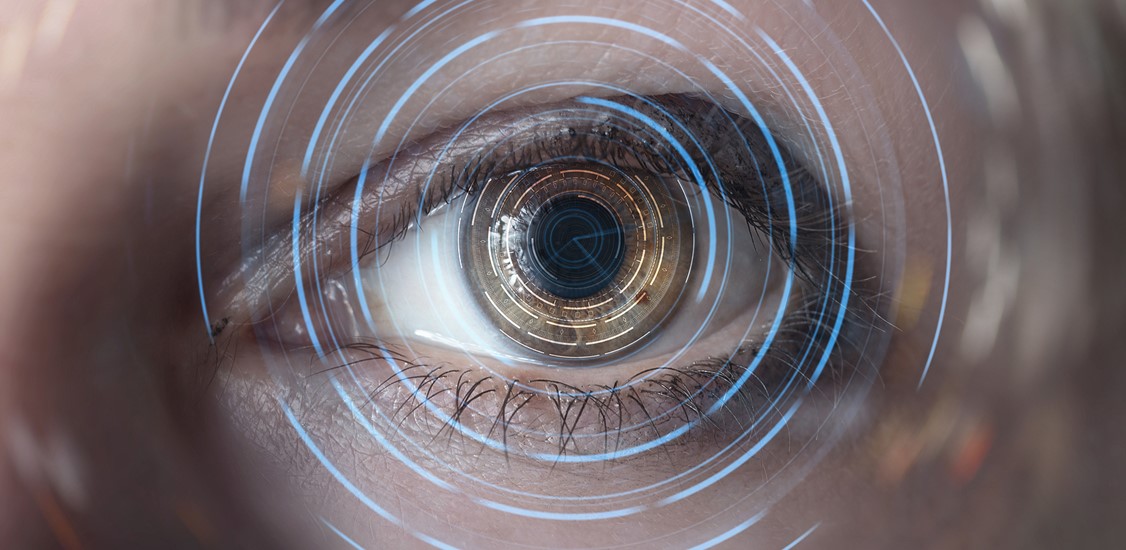I had the opportunity to attend MWC Barcelona earlier this year. At the time, ChatGPT was just entering the mainstream. While there was certainly chatter about its capabilities then, it was just one of many hot topics at the conference.
Fast forward six months, and I find myself at MWC Barcelona’s sister event, MWC Las Vegas. And Artificial Intelligence is now at the forefront of all the conversations.
At MWC Las Vegas, I participated in a session entitled “Can AI Do Everything We Do?”, as part of one of the conference’s broader themes entitled “Age of AI.” I am sure the provocative session title was intended to draw attendance, but it also nudges at a prevalent worry that is emerging: AI’s potential to disrupt society.
Thanks to the universal usefulness of Generative AI, the general public is becoming dialed into how quickly artificial intelligence has advanced in recent years. With awe also comes a bit of anxiety…how will AI change our lives?
While I have my own theories and opinions, I was excited to hear perspectives from industry thought leaders in the session. It did not disappoint.
I kicked off the session with my presentation “Augmenting the Clinician with AI”, sharing the story of how our team at Augment Therapy uses vision AI to assist physical therapists and occupational therapists – not replace them. Among the ways AI gives a boost to traditional therapy:
- Addressing the shortage of Physical and Occupational Therapists by providing interactive evidence-based at-home gamified exercise activities to complement in-person treatments.
- Reducing excessive paperwork contributes to clinician burnout by auto-capturing movement data and pre-populating reports.
- Improving data analysis for low mobility patients by analyzing motion data to identify incremental progress.
While AI is a wonderful tool for optimizing practices, it cannot replace the compassion and complex reasoning that therapists bring to their patients.
The subsequent speakers and panelists added to the discussion of artificial intelligence “versus” humans discussion.
Among the key takeaways:
- Humans have been adapting to technological change for decades. AI is just the most recent iteration.
- Empathy and non-verbal interpersonal communication as among the human capacities most remote from the capabilities of current and immediately foreseeable generations of AI.
- Thoughtful AI implementation and taking into consideration things like representative data collection, transparent algorithms, and responsible implementation are necessary
- AI is a powerful and effective tool for improving our personal and professional lives. It is easy to get consumed with the scary what-ifs of far-off futures. When we do so, we forget the positive effect technology is already having in our current lives. And we also forget to give credit to the unique capabilities that humans possess that AI cannot replicate presently.
- Overall, AI cannot do everything we do today, and it will not in our lifetimes. And after that, who can know?
Beyond artificial intelligence, there were several other big themes at the conference which included “5G Acceleration”, “Digital Everything” and “Enterprise Mobility.”
As one could expect at a conference centered around connectivity, the common thread running through these themes was infrastructure. The hot topics included:
- 5G Acceleration: As 5G access continues to explode, so does the call for improved efficiency. Open RAN emerged as a key topic at the conference. By decoupling infrastructure from software, Open RAN promises a more flexible and interoperable RAN ecosystem. Key benefits include faster deployment and scaling of network infrastructure, lower capital and operating costs, and enhanced security.
- Digital Everything: The ways to take advantage of 5G’s lower latency, higher capacity, and increased bandwidth continue to grow, especially within the Internet of Things (IoT) space. While smart homes and factories tend to come to mind when we think IoT, I was pleased to see there were presentations on 5G/IoT’s role in a number of other industries, including Food Value Chain and Sports and Entertainment. There was also a large vendor presence in the IoT space, emphasizing the continued expansion of this area.
- Enterprise Mobility: With the continued growth of the 5G/IoT opportunities, companies are also looking to deploy their own private or dedicated 5G wireless technology to meet their specific needs. In doing so, they can achieve greater control, security, performance, and customization among other benefits. This is especially important for industries like automotive where these capabilities are needed for features like assisted driving.
That said, while the emphasis was connectivity via infrastructure, the overarching theme of MWC Las Vegas could have really been connectivity between humans and technology. While our AI-centered session certainly hit on that topic, so did the discussions around IoT, Open RAN and enterprise 5G. With thoughtful implementation, these technologies will continue to augment and accelerate what humans are capable of.






















